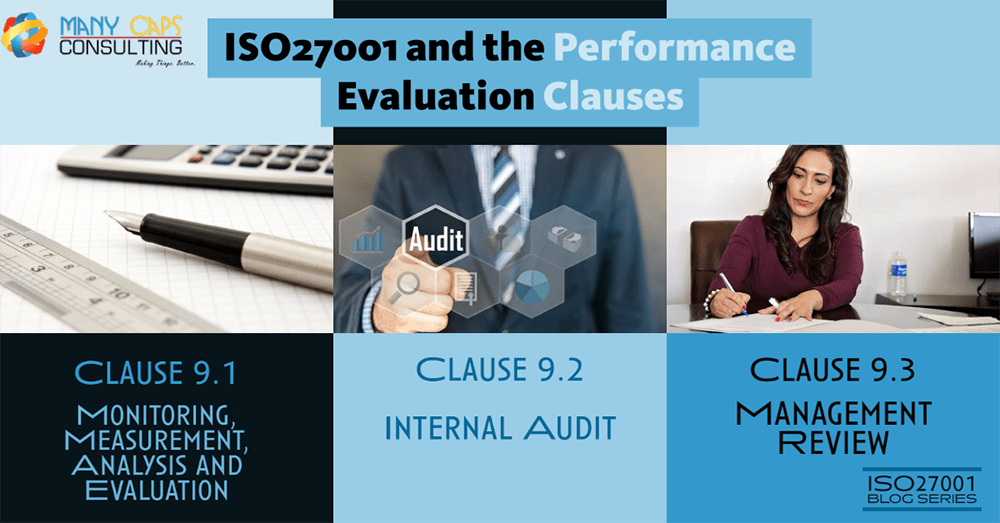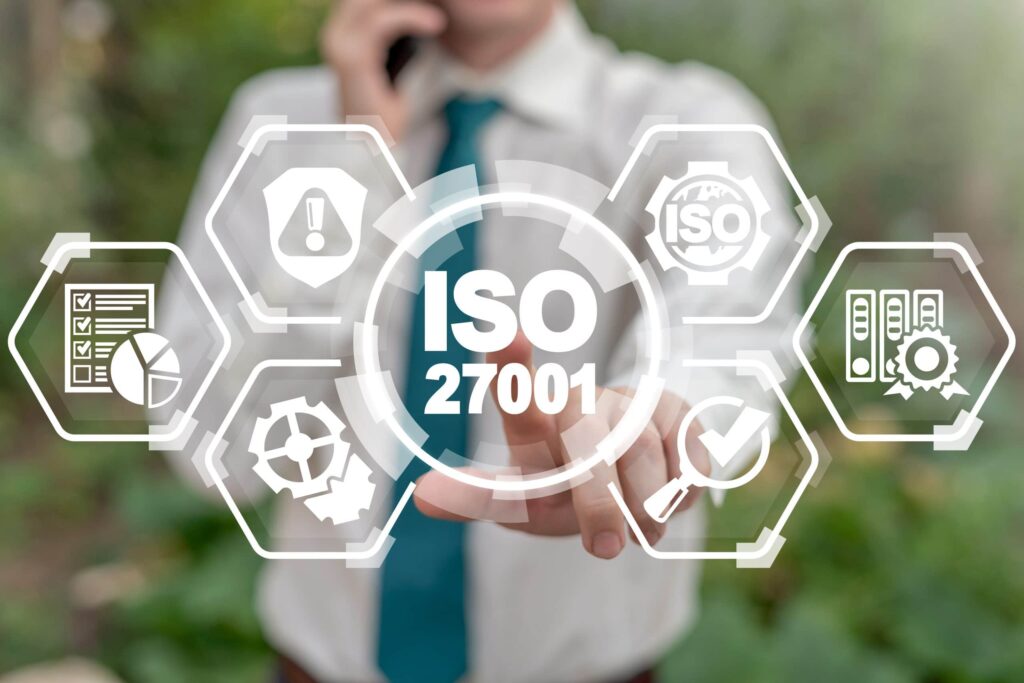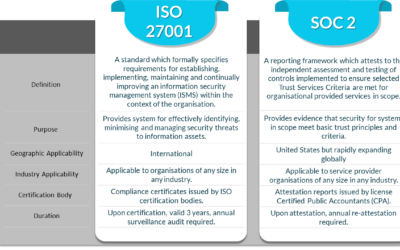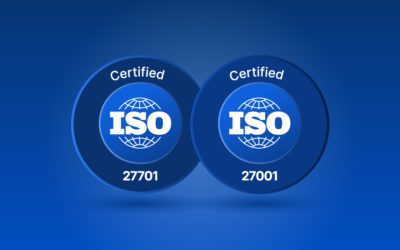Clause 9 ISO 27001 is the internationally recognized standard for Information Security Management Systems (ISMS). It provides a systematic approach to managing sensitive company information, ensuring its confidentiality, integrity, and availability. One of the key components of the ISO 27001 standard is Clause 9, which deals with the performance evaluation of an ISMS. This clause ensures that organizations continually assess and improve the effectiveness of their information security measures.
In this article, we will explore ISO 27001 Clause 9 in detail, covering its significance, key components, requirements, and best practices for implementation.
Overview of ISO 27001
ISO 27001 outlines the requirements for establishing, implementing, maintaining, and improving an ISMS. It is applicable to any organization, regardless of size or type, and helps mitigate information security risks, protect assets, and comply with legal and regulatory requirements.
The standard is organized into a series of clauses, each addressing different aspects of ISMS. Clause 9, specifically, focuses on evaluating the performance of the ISMS. This ensures that the system is functioning as expected and continues to improve over time.
Structure of ISO 27001
ISO 27001 follows the high-level structure (HLS) common to all ISO management system standards, which makes it easier to integrate with other management systems such as ISO 9001 (quality management) and ISO 14001 (environmental management).
- Clause 1 – Scope
- Clause 2 – Normative References
- Clause 3 – Terms and Definitions
- Clause 4 – Context of the Organization
- Clause 5 – Leadership
- Clause 6 – Planning
- Clause 7 – Support
- Clause 8 – Operation
- Clause 9 – Performance Evaluation
- Clause 10 – Improvement
While Clause 9 focuses on the evaluation of the ISMS, the clauses leading up to it (Clause 4 to Clause 8) involve establishing, implementing, and managing the ISMS.
Clause 9: Performance Evaluation

The main goal is to ensure that the information security management processes are achieving the intended outcomes and that continual improvement is occurring. This clause emphasizes the need for measuring, monitoring, analyzing, and evaluating the performance of the ISMS to ensure its effectiveness.
Key Components of Clause 9
9.1 Monitoring, measurement, analysis, and evaluation
- 9.2 Internal audit
- 9.3 Management review
Each of these elements plays a critical role in ensuring that the ISMS remains effective and aligned with the organization’s strategic objectives.
9.1 Monitoring, Measurement, Analysis, and Evaluation
This sub-clause emphasizes the need for organizations to establish processes for monitoring, measuring, analyzing, and evaluating the performance of the ISMS.
The organization must determine:
- What to measure: This includes identifying key performance indicators (KPIs) and metrics related to information security. Common metrics include the number of security incidents, the effectiveness of controls, and compliance with policies.
- How to measure: Organizations should define the methods and tools they will use to collect data. This can include using automated systems, manual audits, and user feedback.
- When to measure: Organizations should determine the frequency of monitoring and measurement activities.
- By continuously monitoring and evaluating the ISMS, organizations can ensure that they are detecting potential vulnerabilities or gaps in security before they escalate into significant issues.
9.2 Internal Audit
An internal audit is a critical component of performance evaluation in ISO 27001. The purpose of an internal audit is to evaluate whether the ISMS is functioning effectively, complying with ISO 27001 requirements, and aligned with the organization’s objectives. The audit process helps identify non-conformities and areas for improvement.
Key requirements for internal audits include:
- Planning: The internal audit process must be planned, including defining the scope, objectives, and criteria for the audit. It should cover all elements of the ISMS, ensuring a comprehensive evaluation.
- Conducting the audit: Auditors should gather objective evidence through interviews, document reviews, and testing. The audit team must be impartial and have the necessary competence to assess the ISMS.
- Reporting: The findings of the audit should be documented and reported to management. Non-conformities and recommendations for improvement should be clearly stated.
- Follow-up: After the audit, corrective actions should be taken to address any non-conformities. The effectiveness of these actions should be verified in subsequent audits.
Internal audits provide valuable insights into the strengths and weaknesses of the ISMS and ensure that any issues are addressed in a timely manner.
9.3 Management Review

The management review is an essential process where top management evaluates the performance of the ISMS to ensure it is still appropriate, adequate, and effective in achieving its objectives. Management reviews are typically conducted annually or more frequently, depending on the organization’s needs.
During the management review, top management should:
- Review the results of monitoring and measurement activities: This includes examining the outcomes of audits, risk assessments, and performance metrics to determine whether the ISMS is meeting its objectives.
- Assess changes in the internal and external environment: This could involve changes in legal, regulatory, or business conditions that may affect information security risks.
- Evaluate the need for adjustments: Management should determine whether any changes are needed in the ISMS to address emerging risks, improve performance, or comply with new requirements.
- Make decisions: Based on the findings, management should decide on any corrective or preventive actions needed. They may also allocate resources to support improvements in information security practices.
The management review ensures that the ISMS is continually aligned with the organization’s strategic goals and that it adapts to changing threats or requirements.
Why is Performance Evaluation Important in ISO 27001?
The performance evaluation process in Clause 9 is essential for several reasons:
- Continuous Improvement: By regularly monitoring and evaluating the ISMS, organizations can identify areas for improvement and make necessary adjustments. This supports the principle of continual improvement, which is fundamental to ISO 27001.
- Risk Mitigation: Performance evaluation allows organizations to identify and address information security risks before they escalate. This proactive approach helps prevent data breaches, security incidents, and financial losses.
- Compliance: ISO 27001 requires organizations to demonstrate that they are meeting regulatory and contractual obligations related to information security. Performance evaluation helps ensure that the ISMS remains compliant with these requirements.
- Alignment with Business Objectives: The performance evaluation process ensures that the ISMS remains aligned with the organization’s strategic goals. This helps secure organizational assets, build trust with customers, and support business growth.
- Efficient Use of Resources: By evaluating the performance of the ISMS, organizations can identify inefficiencies or redundancies in their security processes. This allows them to optimize resource allocation and ensure that the ISMS is both effective and efficient.
Best Practices for Performance Evaluation in ISO 27001
To ensure effective performance evaluation, organizations should follow these best practices:
- Define Clear Metrics: Identify key performance indicators (KPIs) that are directly linked to the organization’s information security objectives. This could include metrics like the number of security incidents, response times, and compliance rates.
- Use Automated Tools: Leverage tools and technologies that can automate the monitoring and measurement of information security performance. This ensures consistency and reduces the risk of human error.
- Conduct Regular Audits: Internal audits should be conducted at regular intervals to ensure that the ISMS is functioning as intended. This also helps uncover any potential issues early on.
- Engage Management: Ensure that top management is actively involved in the performance evaluation process. Their leadership and commitment are essential for the success of the ISMS.
- Act on Findings: The evaluation process should lead to concrete actions, whether it’s adjusting security controls, improving training, or updating policies. It is important that the organization does not simply collect data but takes meaningful steps to improve information security.
Conclusion
Clause 9 of ISO 27001 is fundamental to ensuring that an organization’s ISMS is effective, efficient, and continuously improving. Through the processes of monitoring, internal audits, and management reviews, organizations can identify gaps, mitigate risks, and adapt to changing security landscapes. By following the guidelines and best practices outlined in this clause, organizations can safeguard their sensitive information, maintain regulatory compliance, and achieve their strategic goals related to information security. Performance evaluation not only ensures the success of the ISMS but also contributes to the ongoing resilience and trustworthiness of the organization in an increasingly complex threat environment.



0 Comments